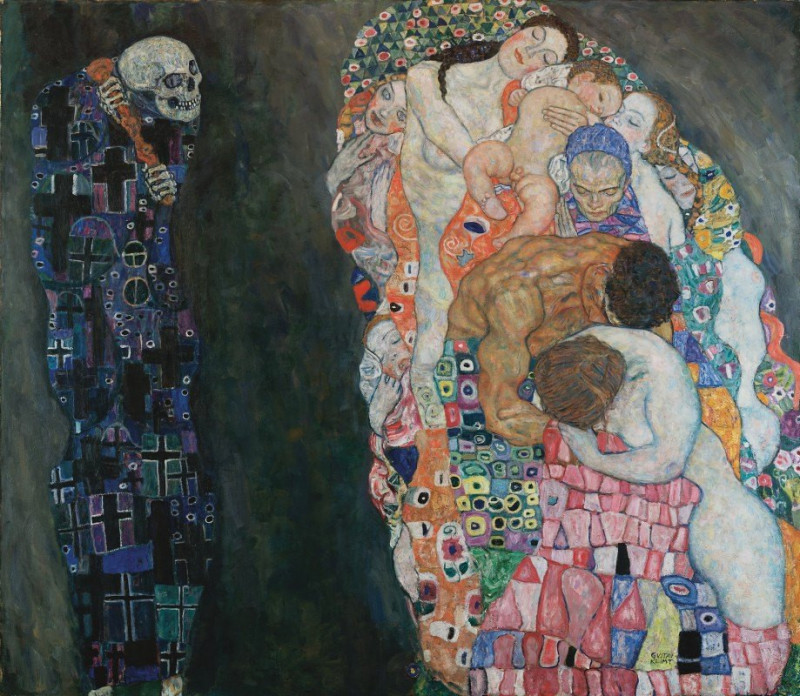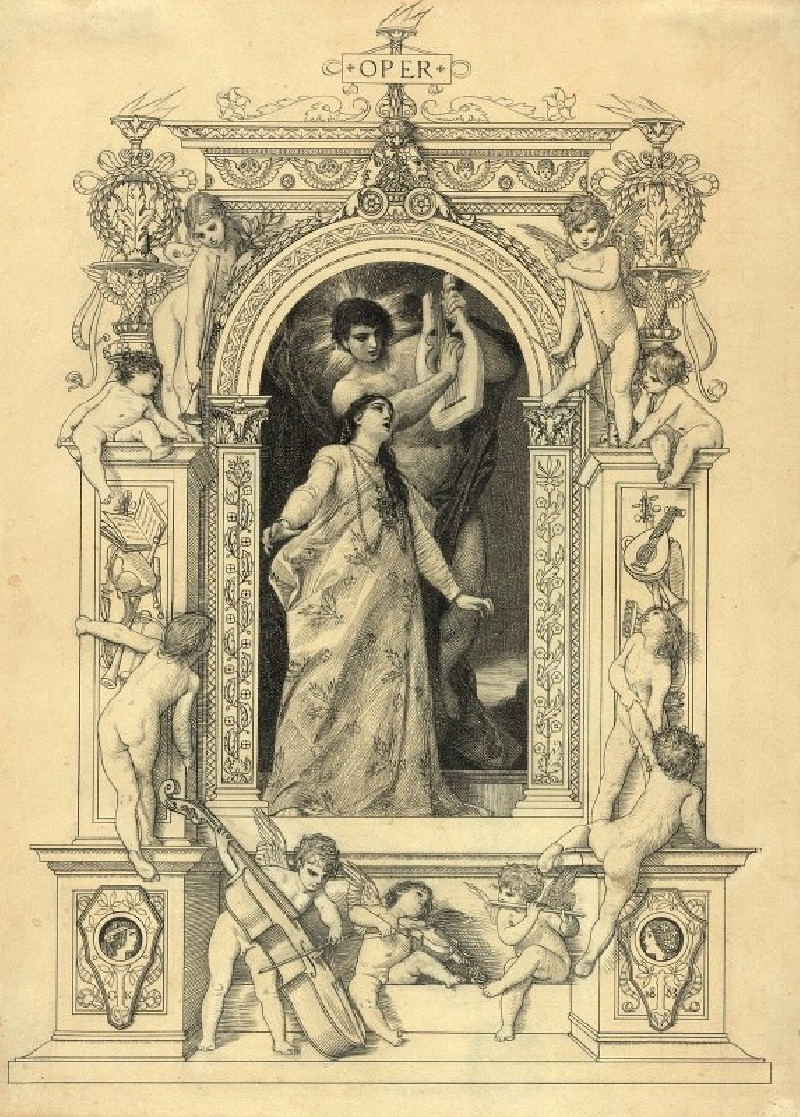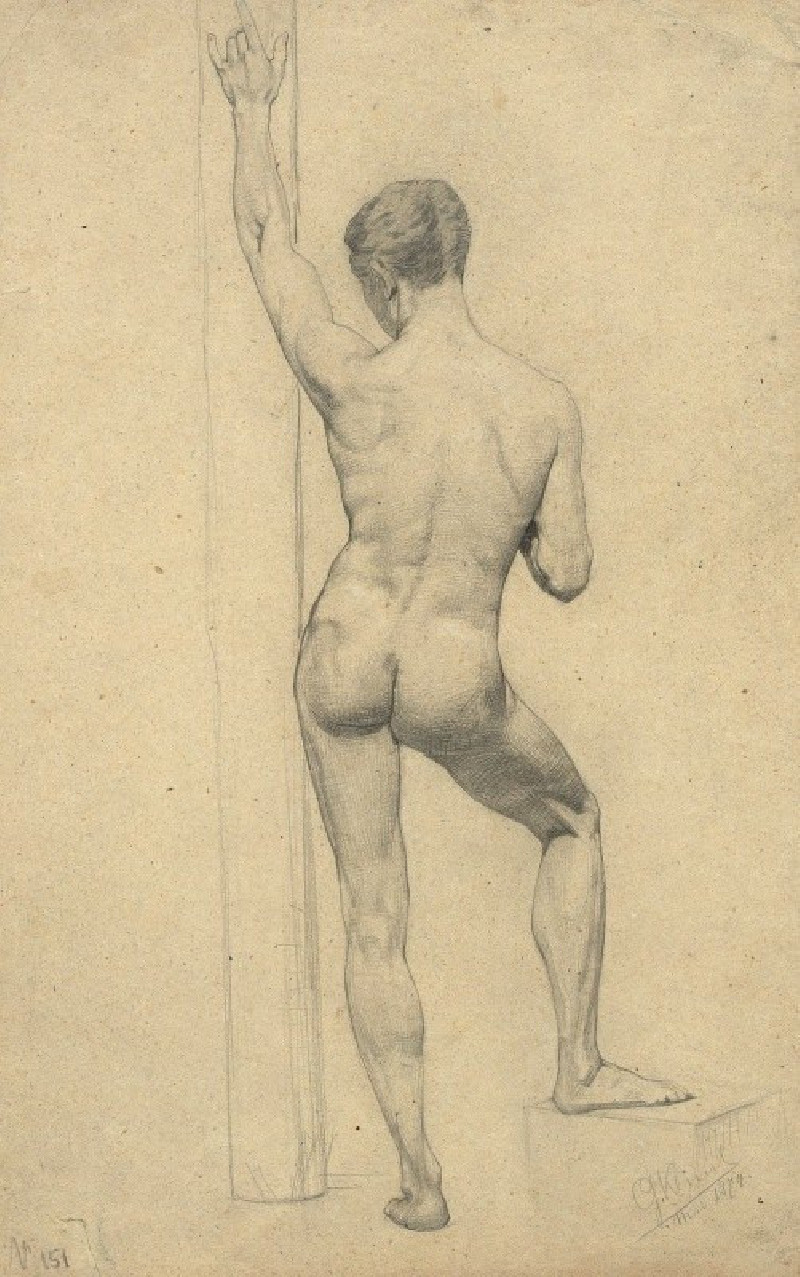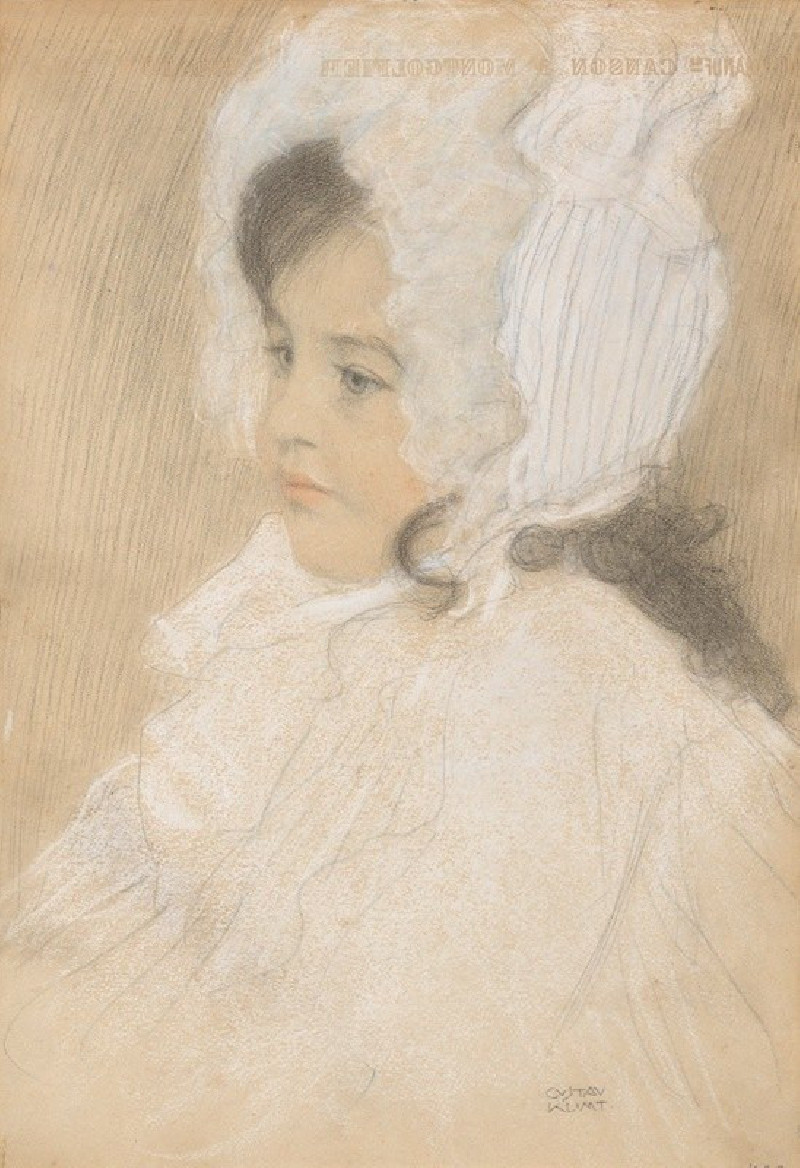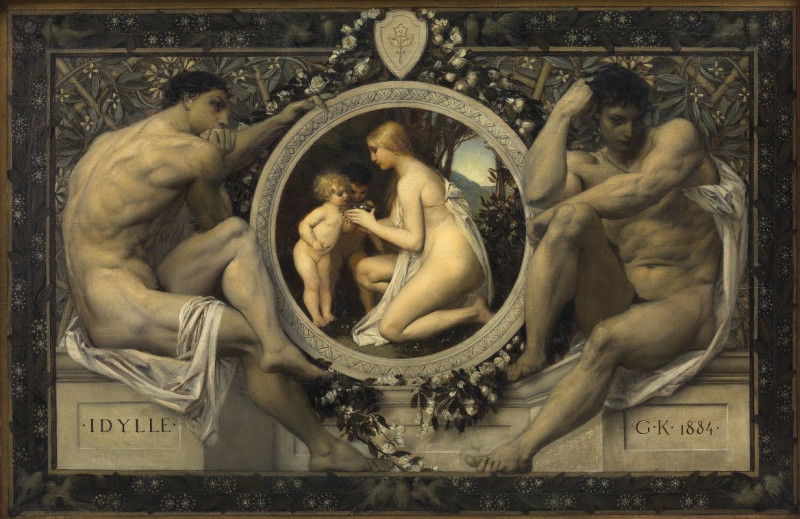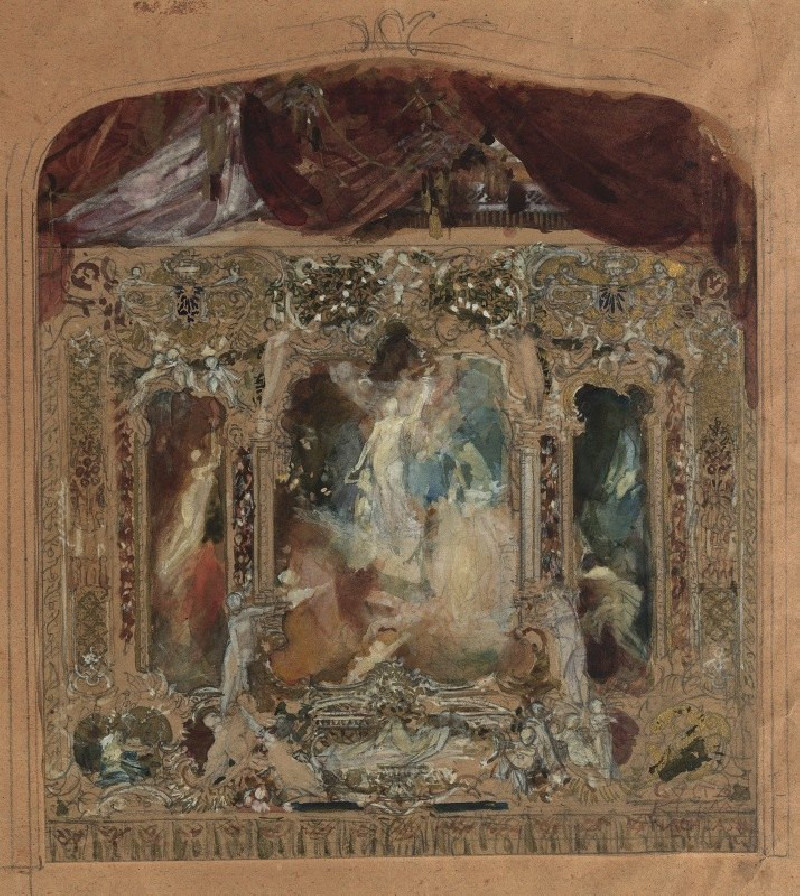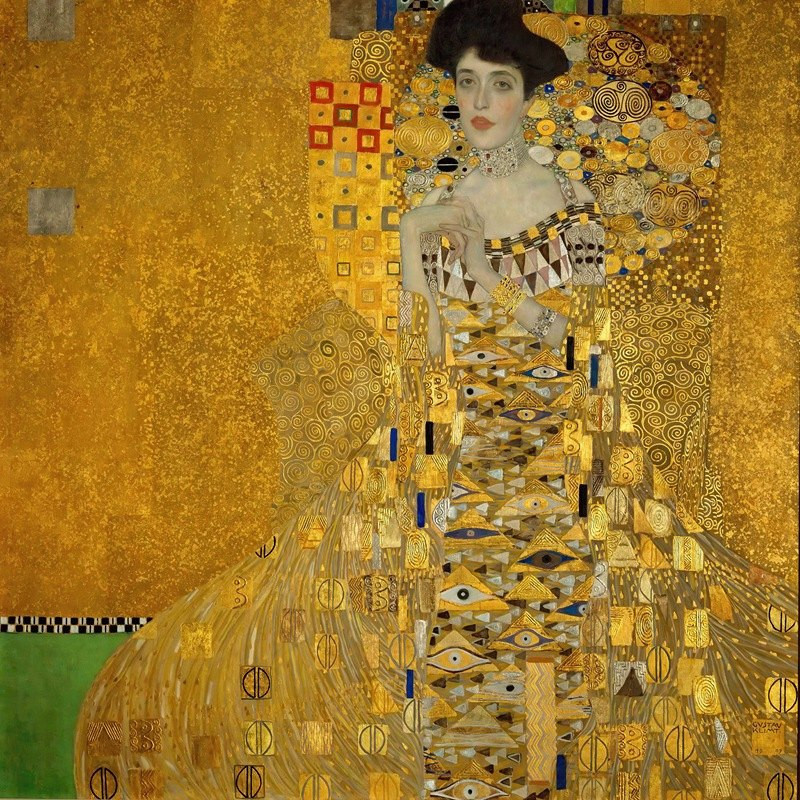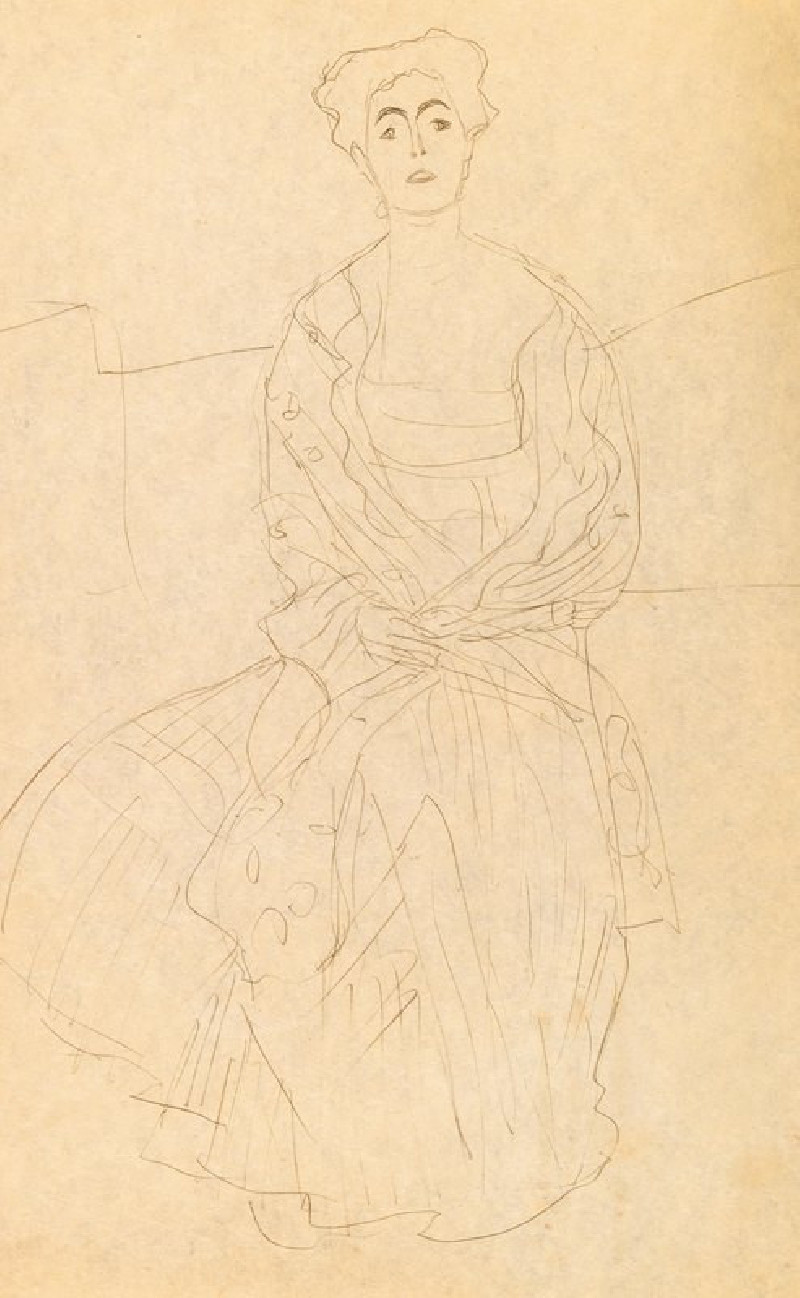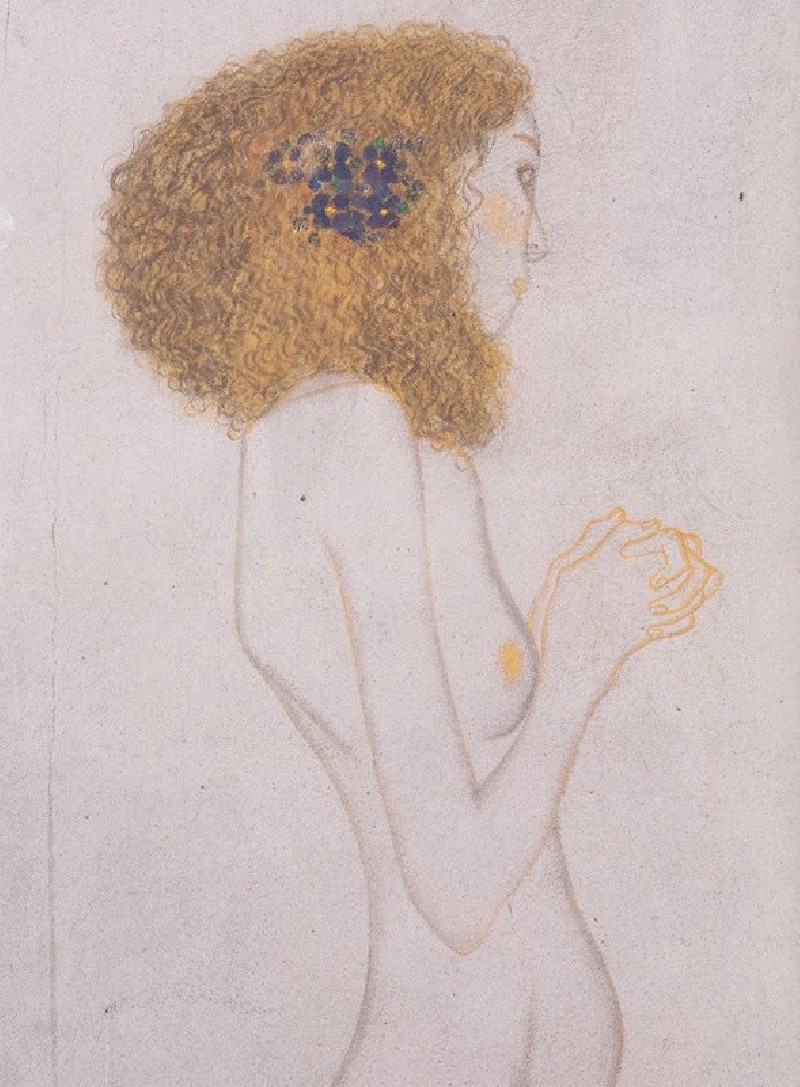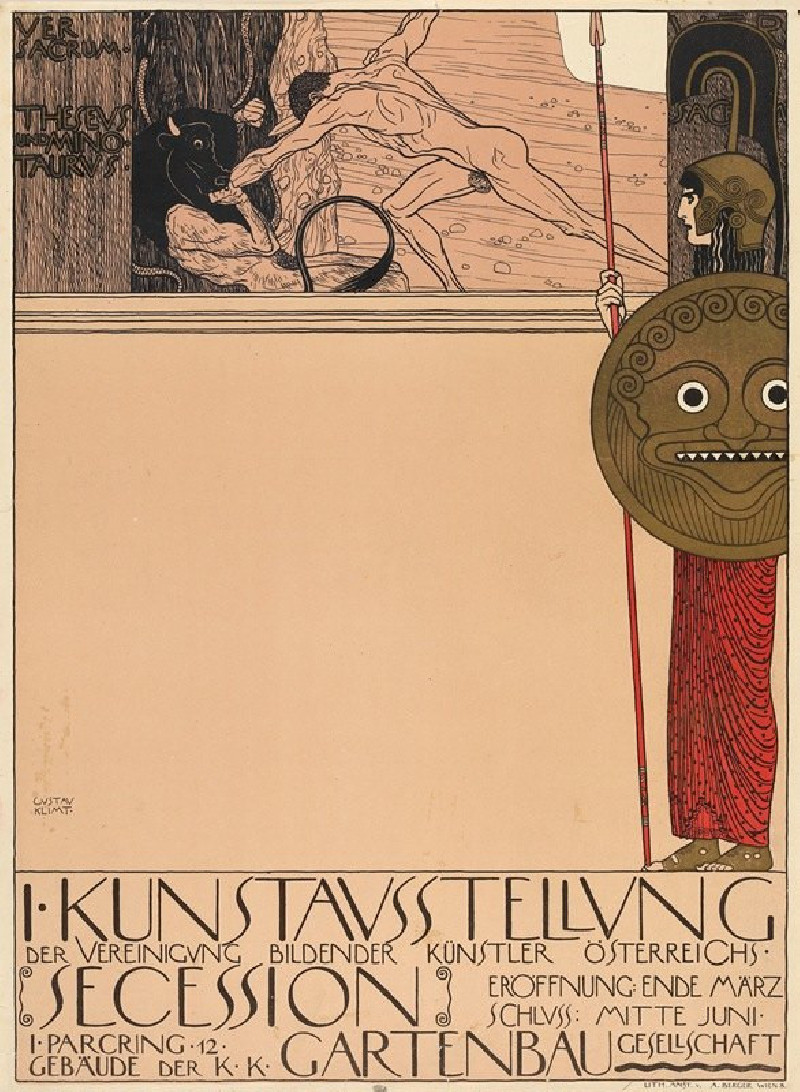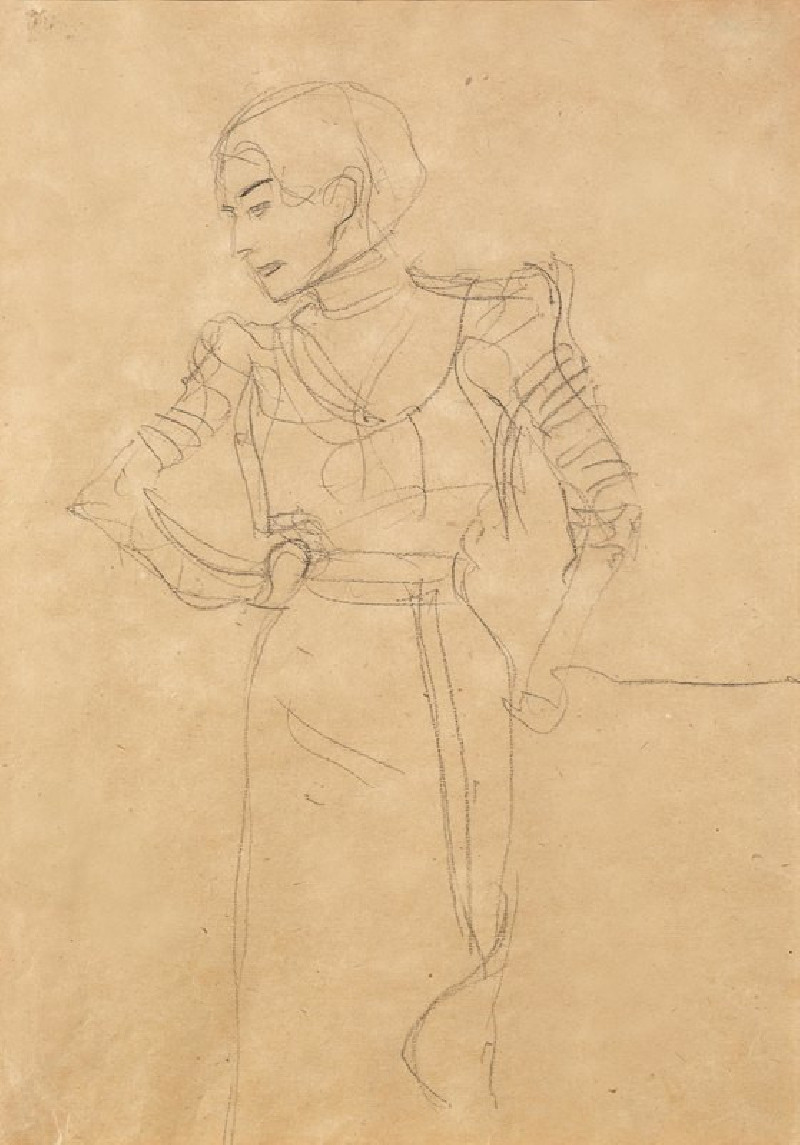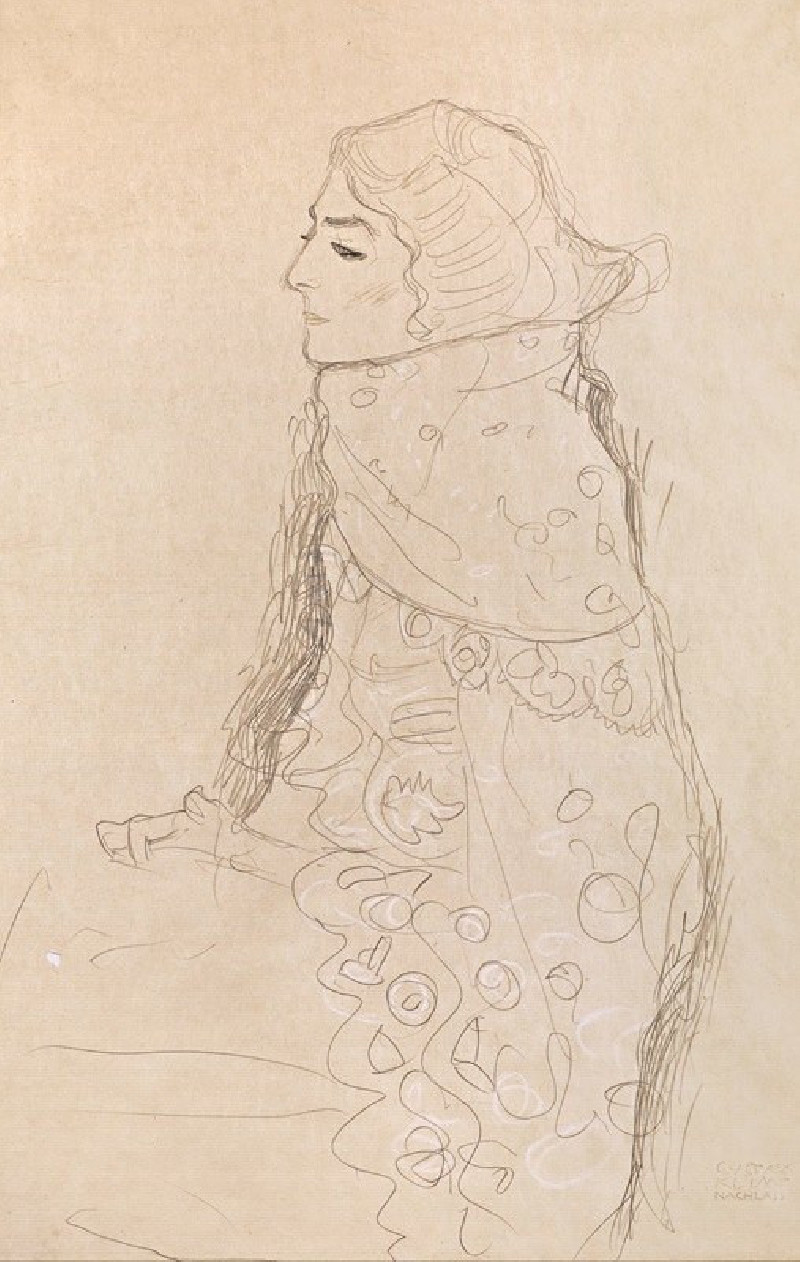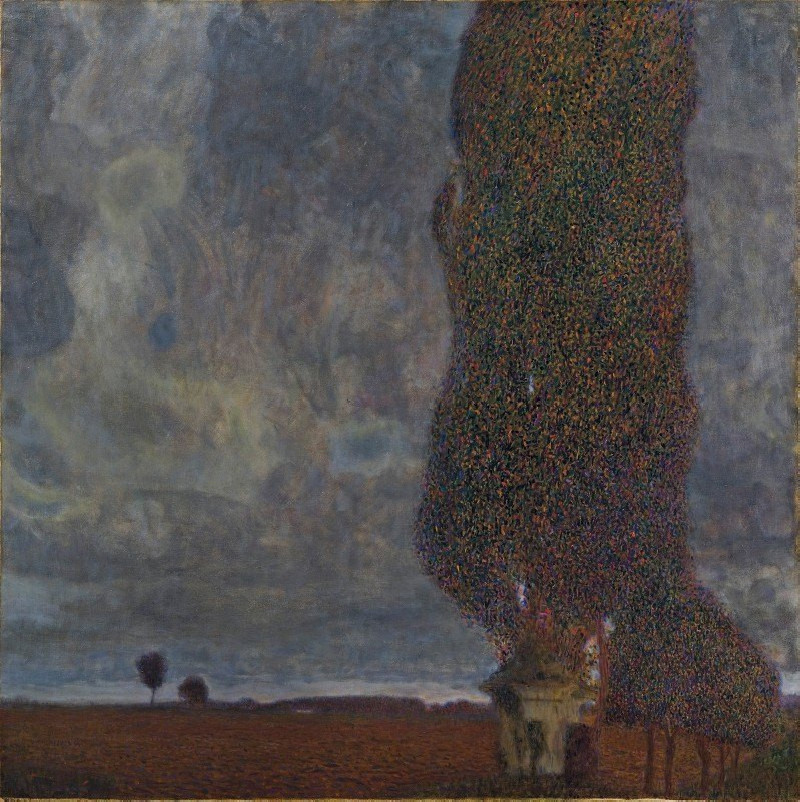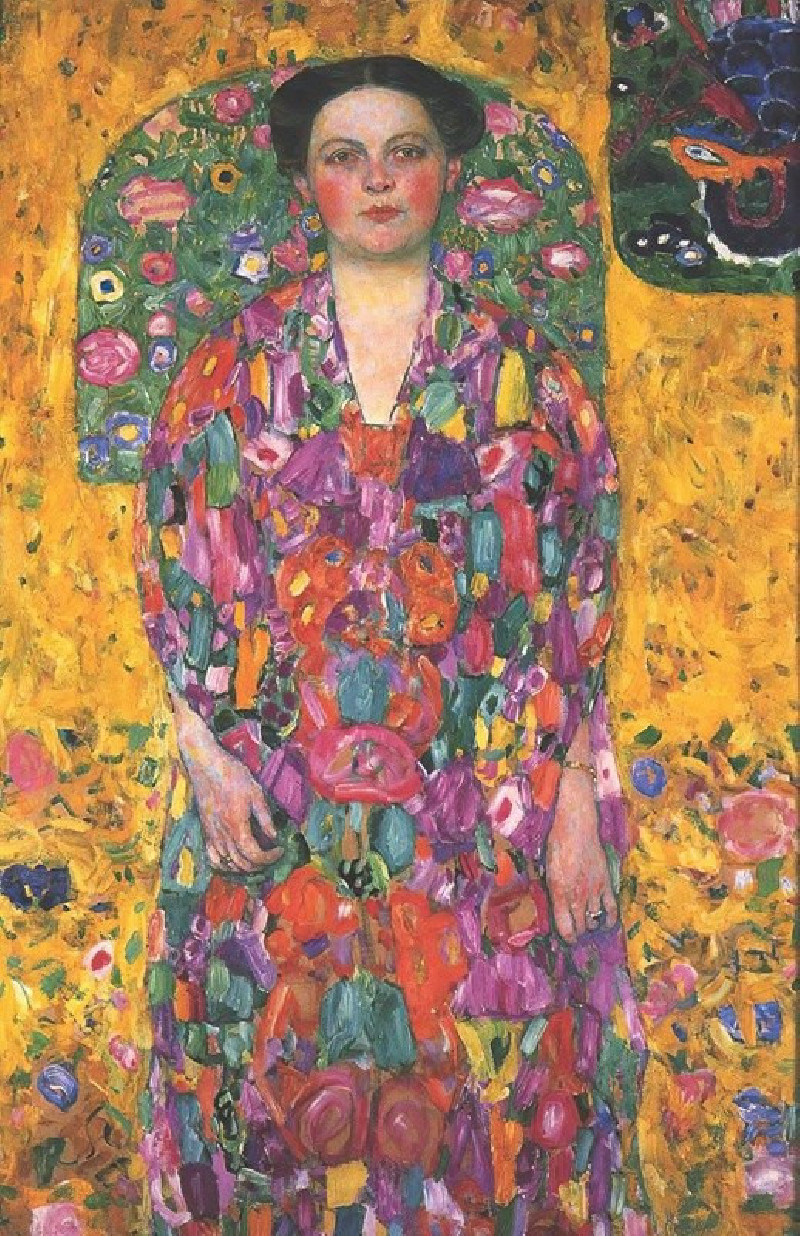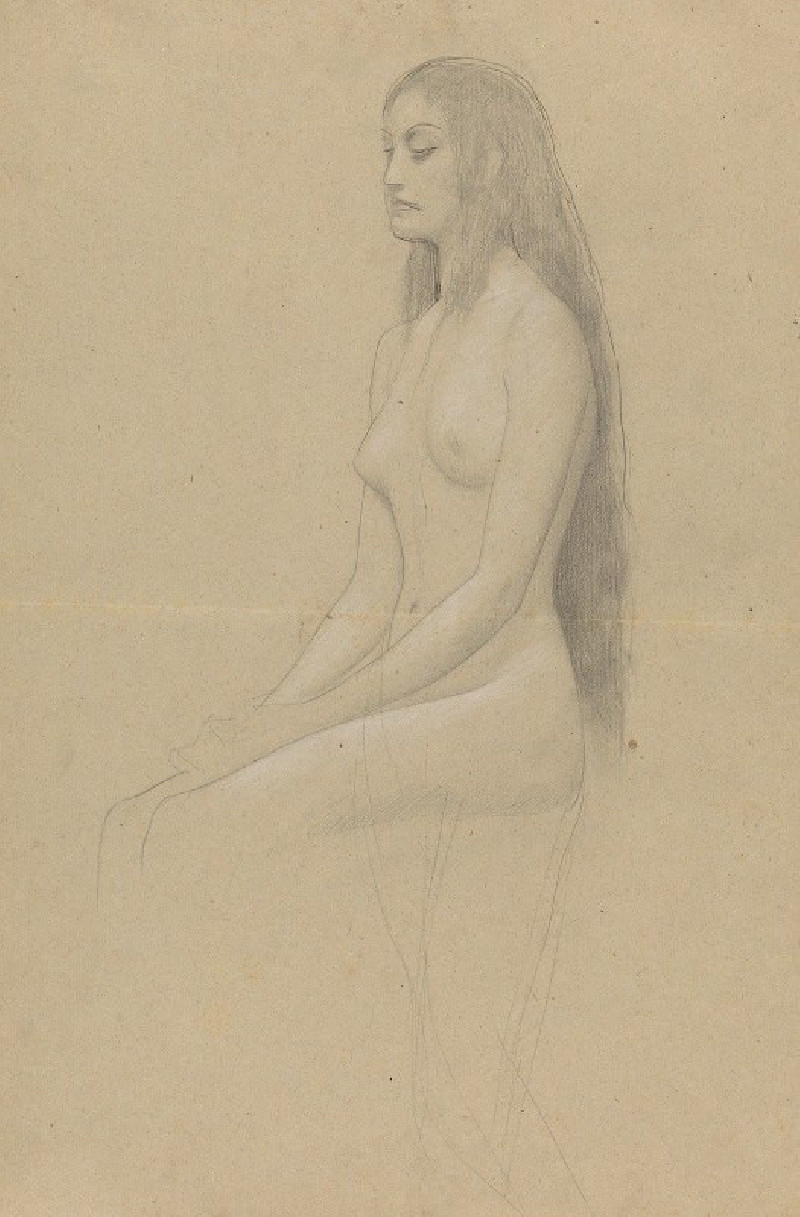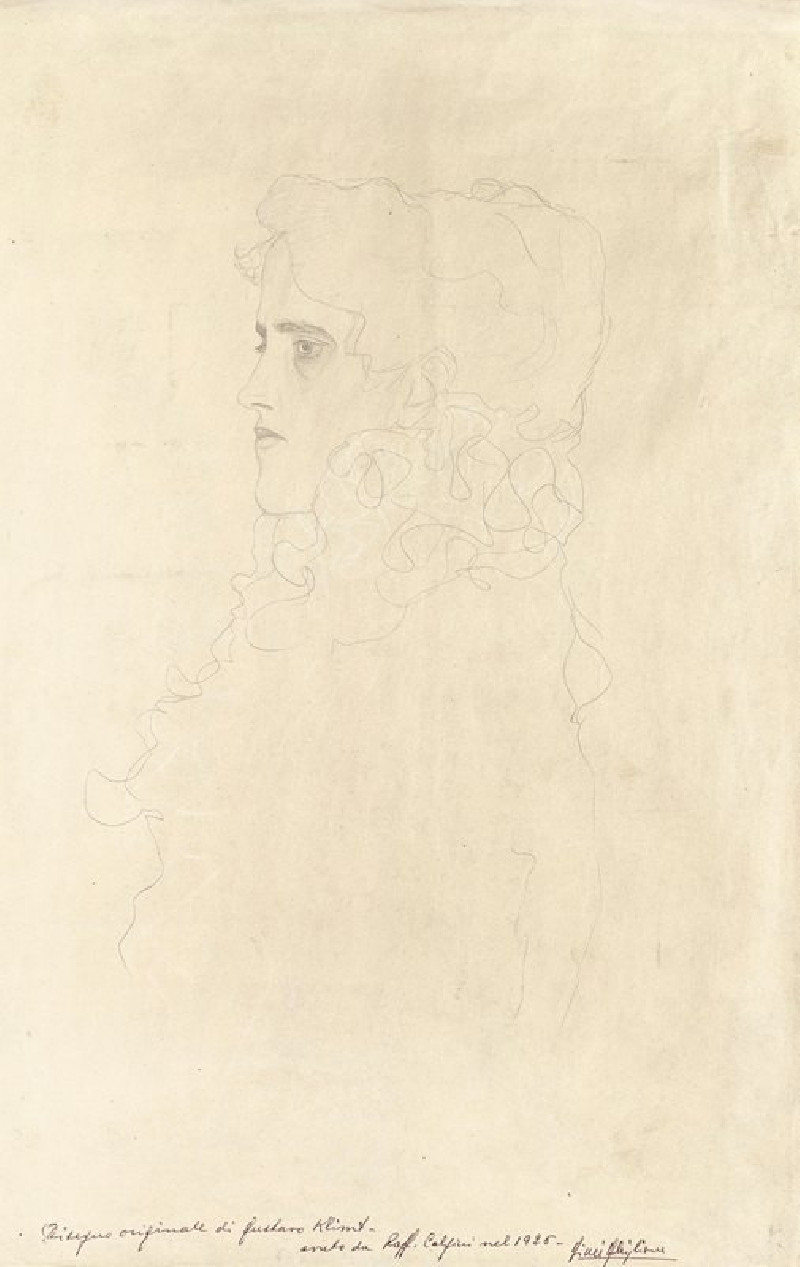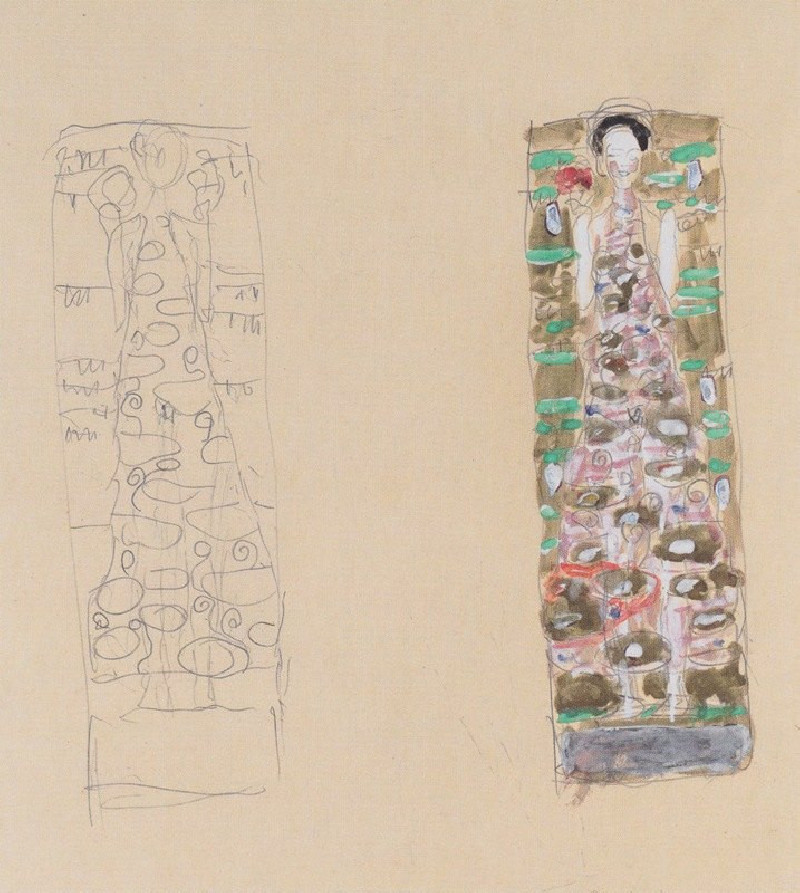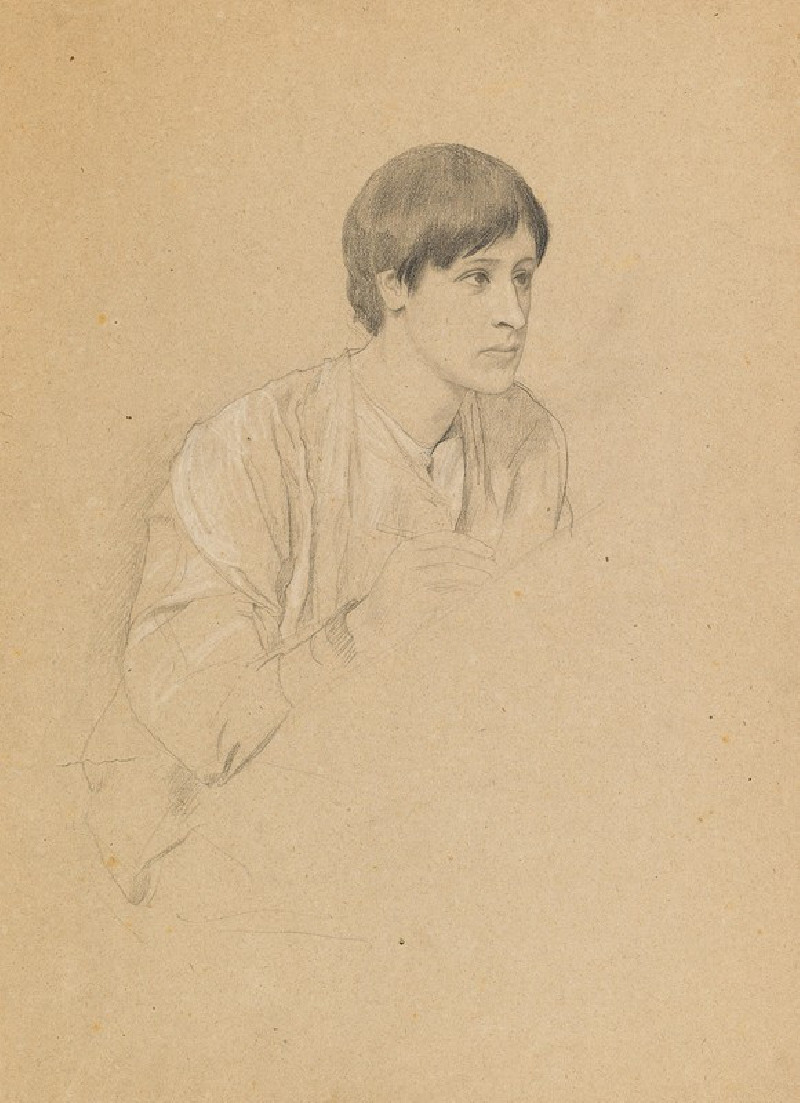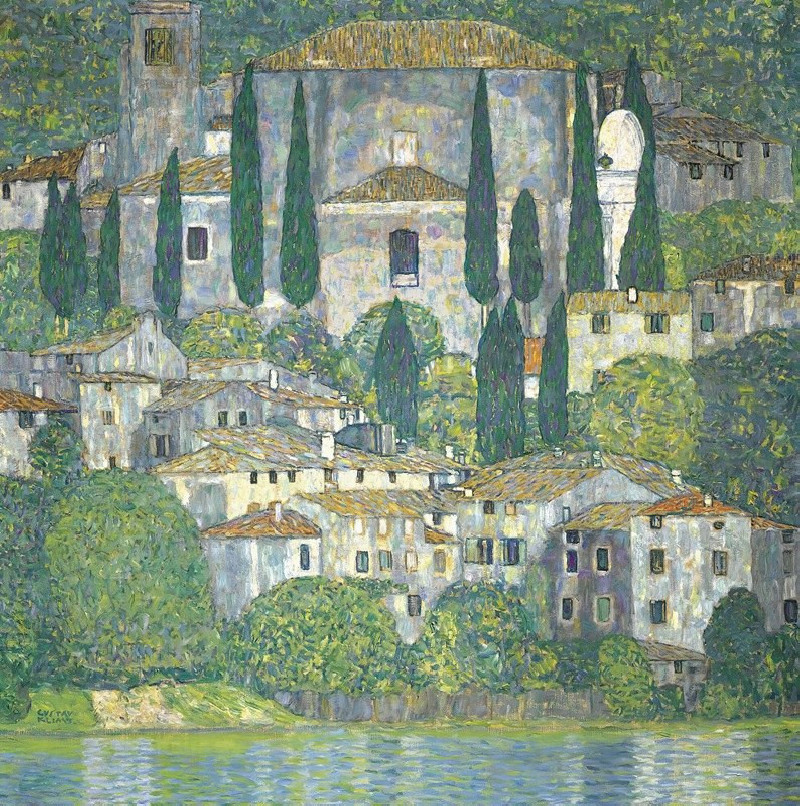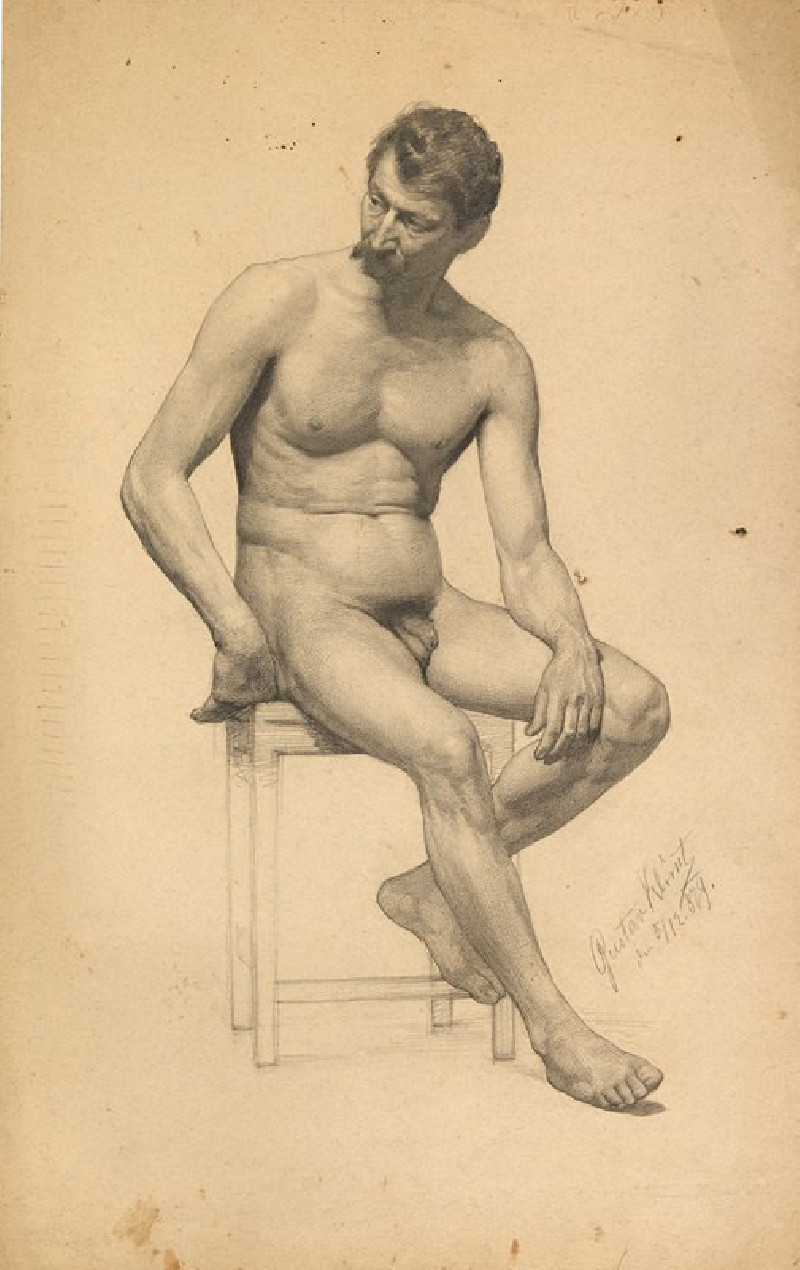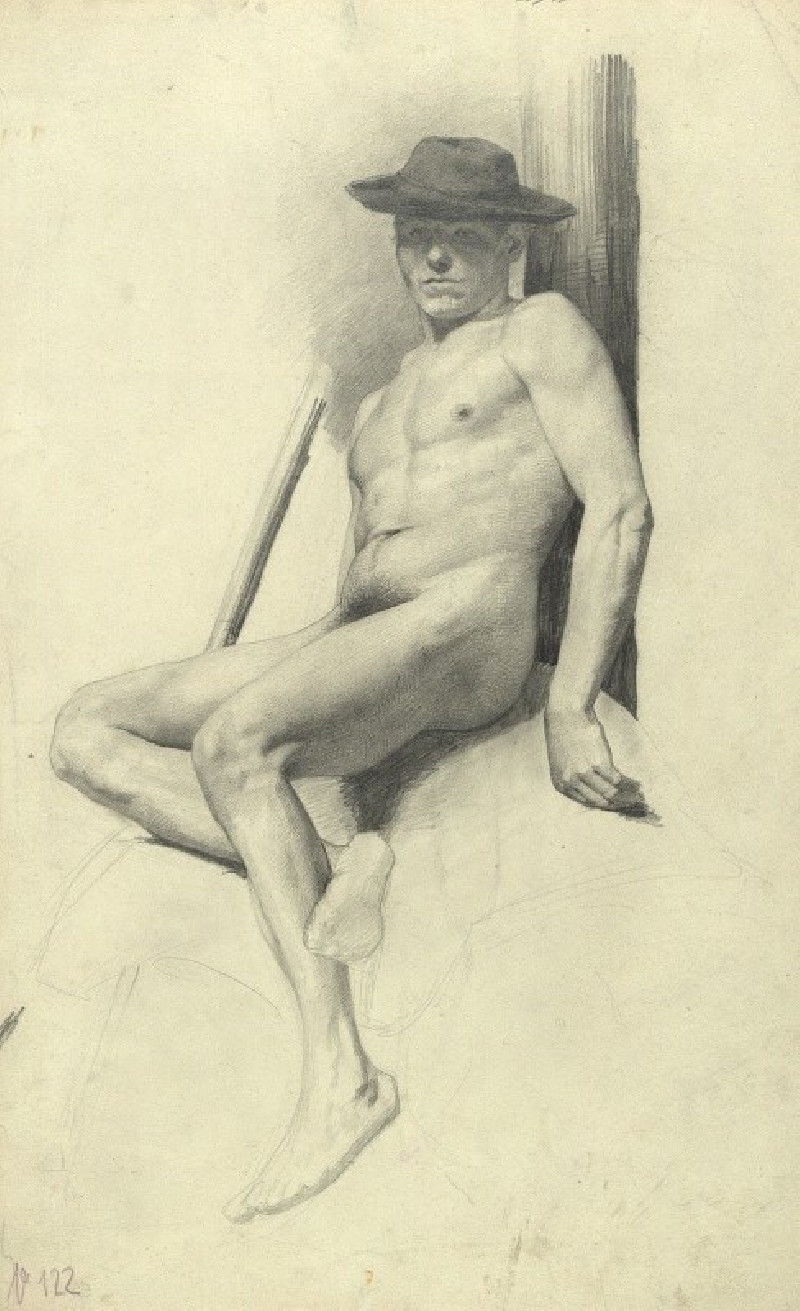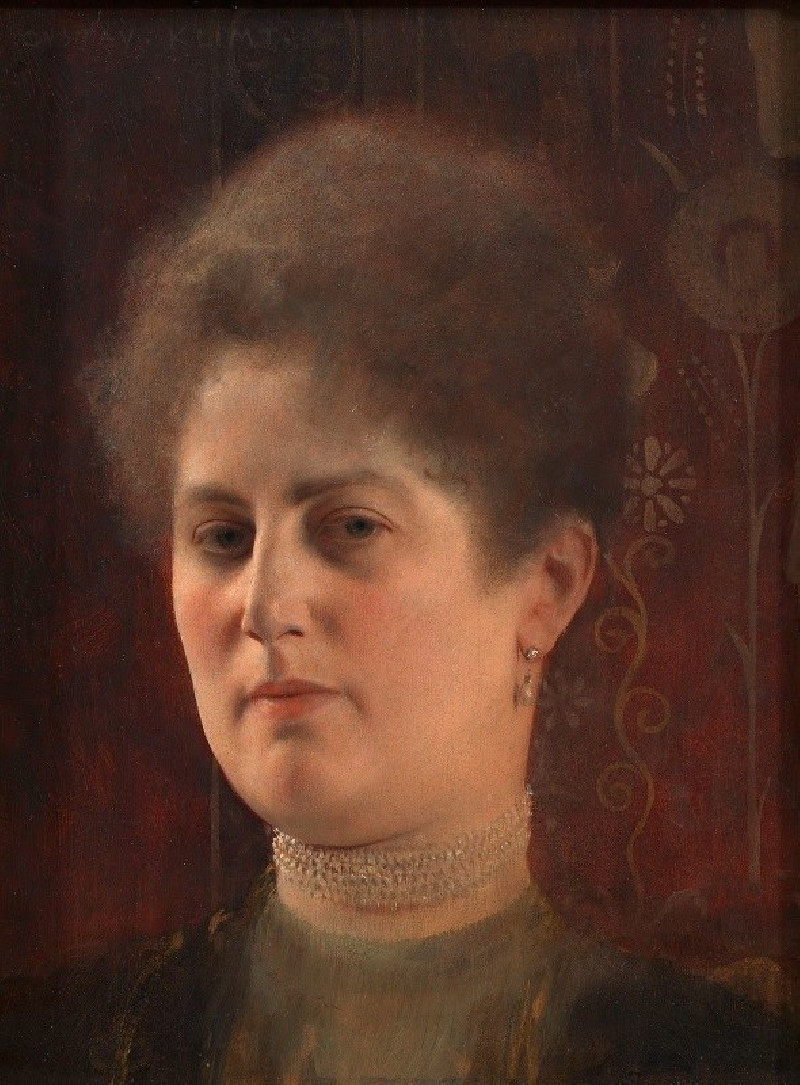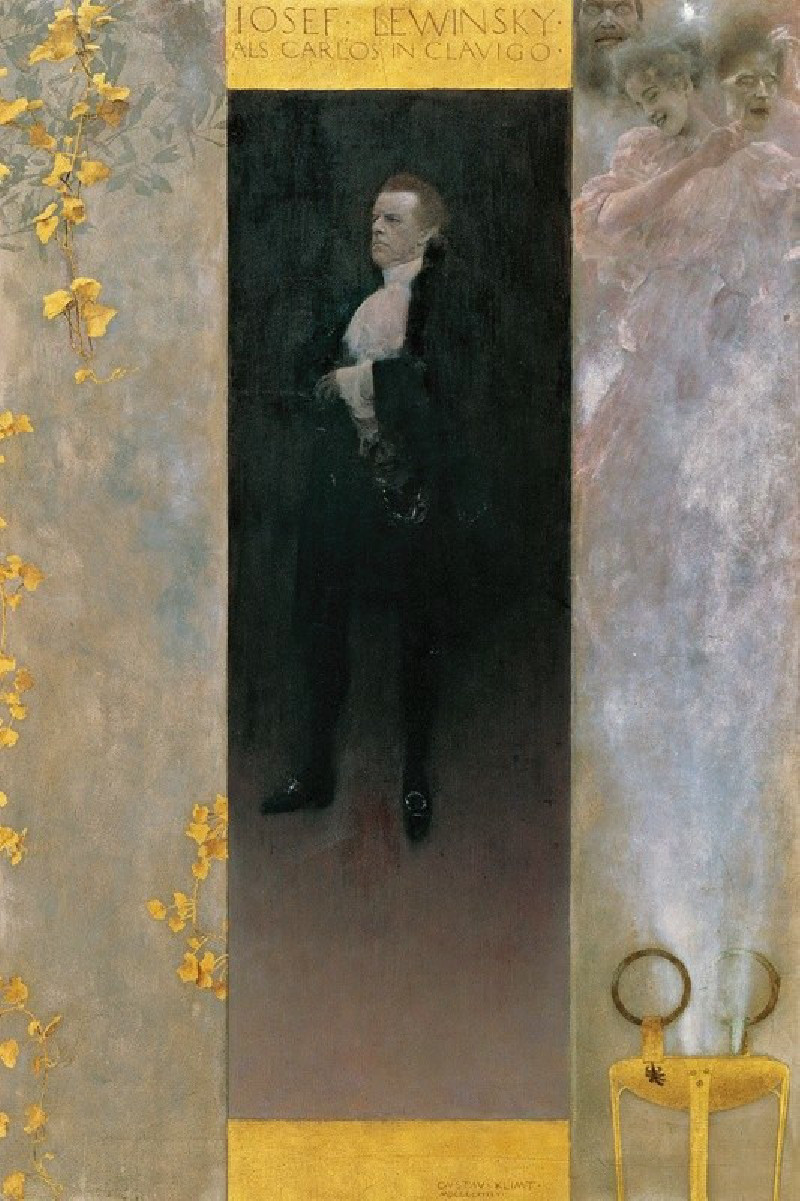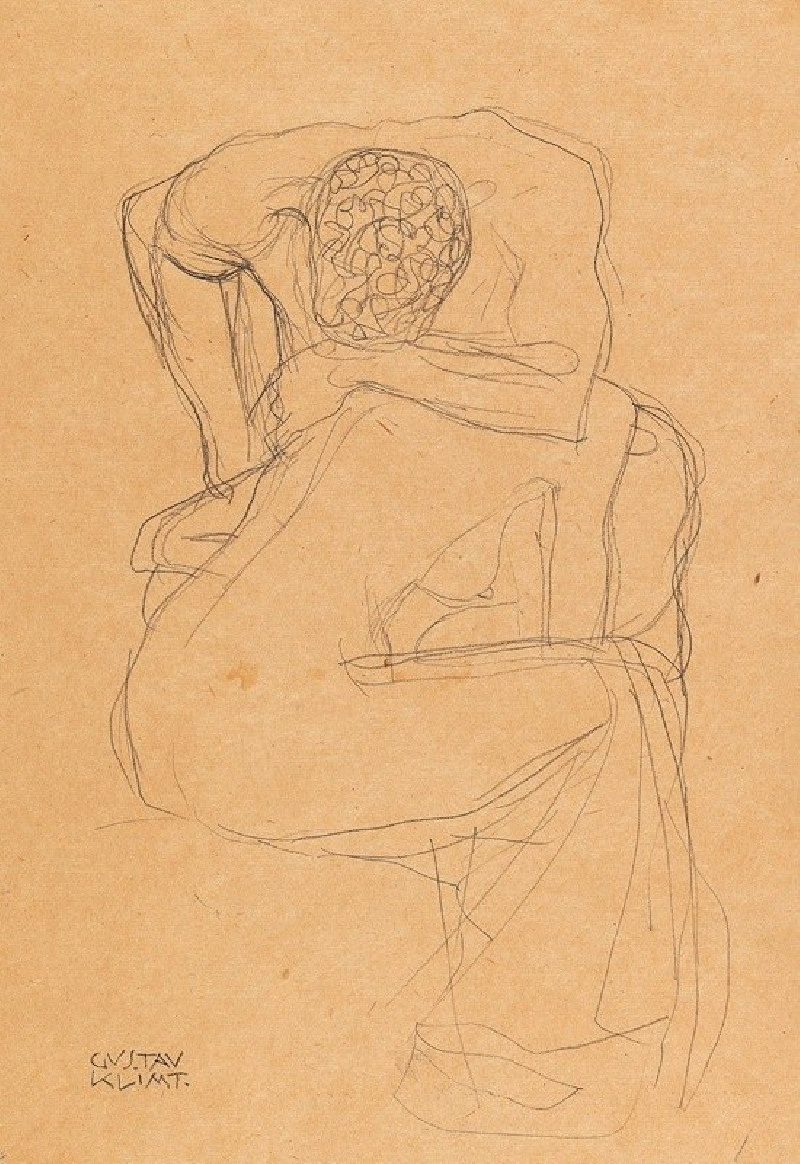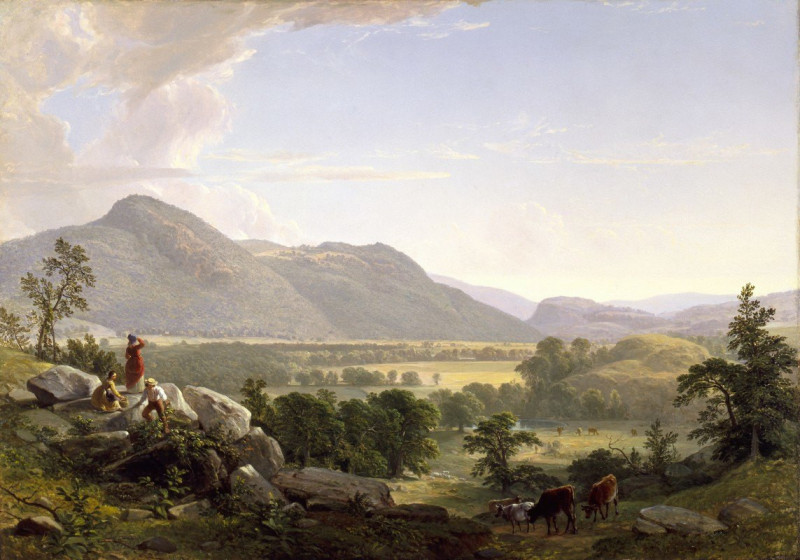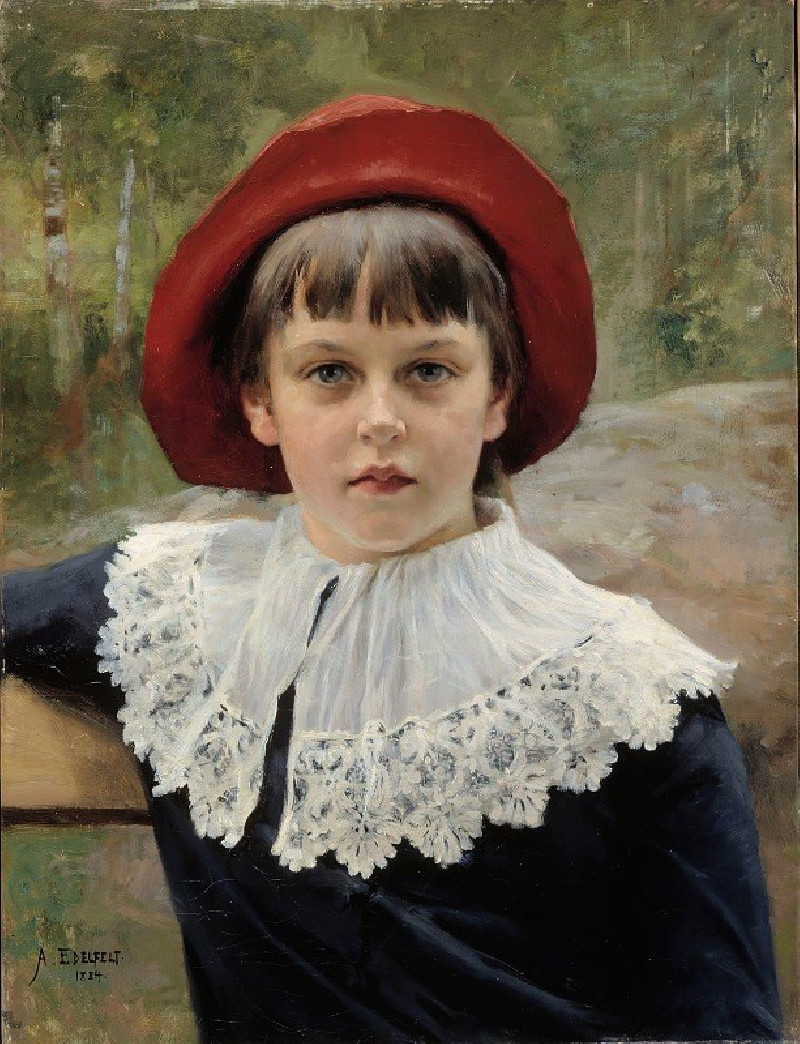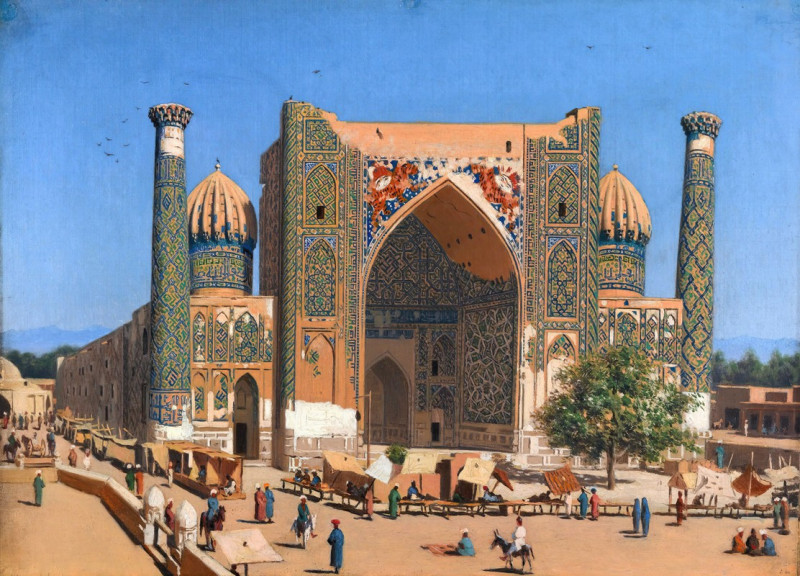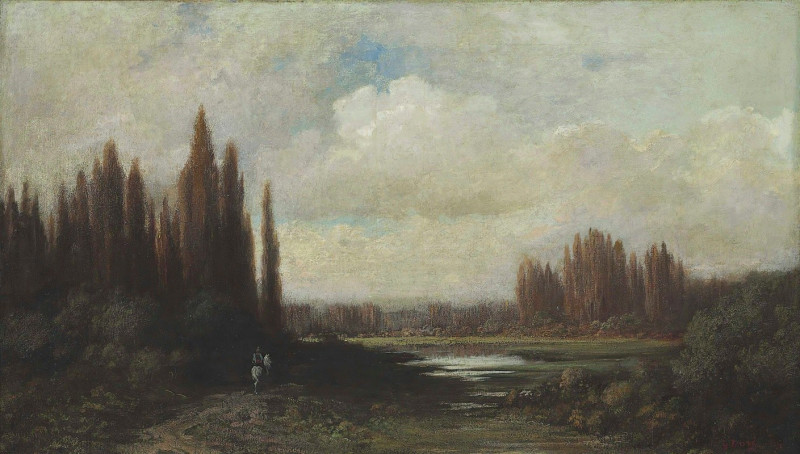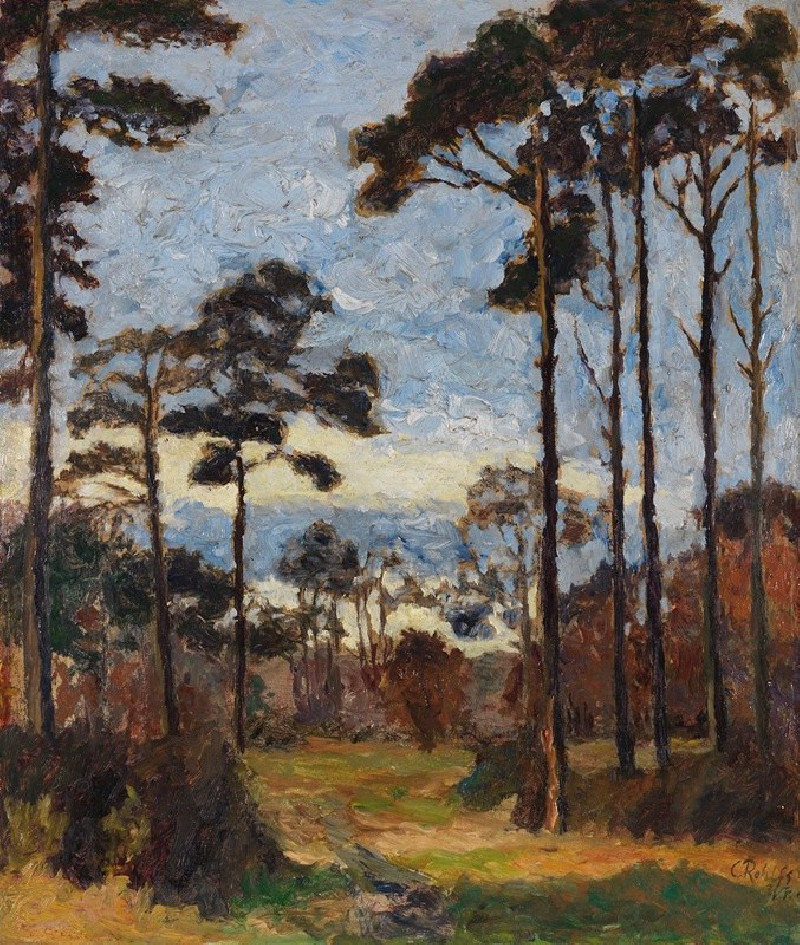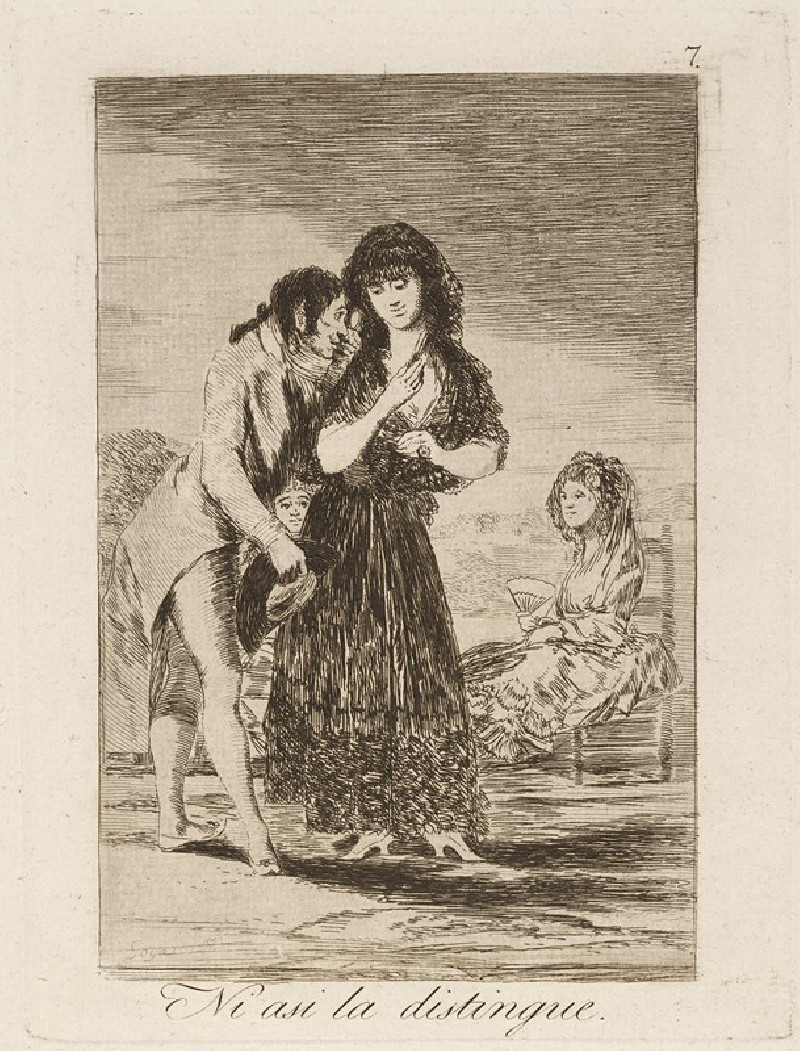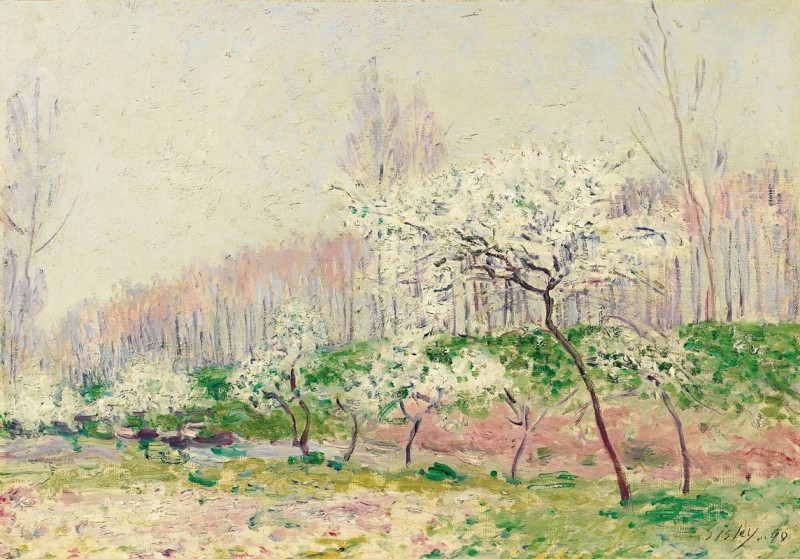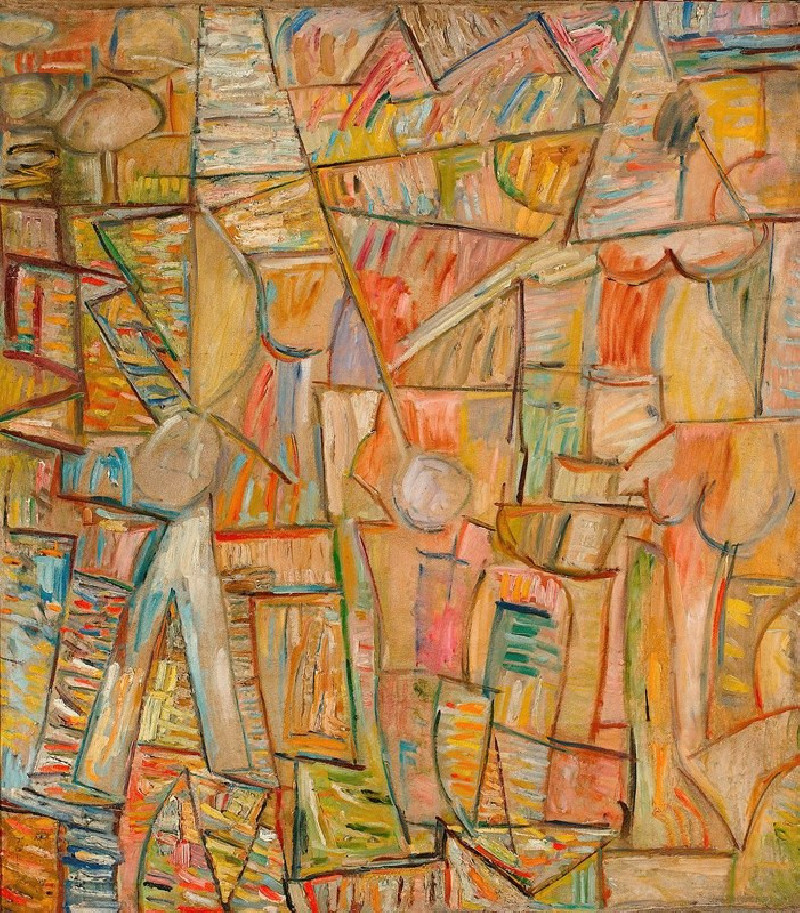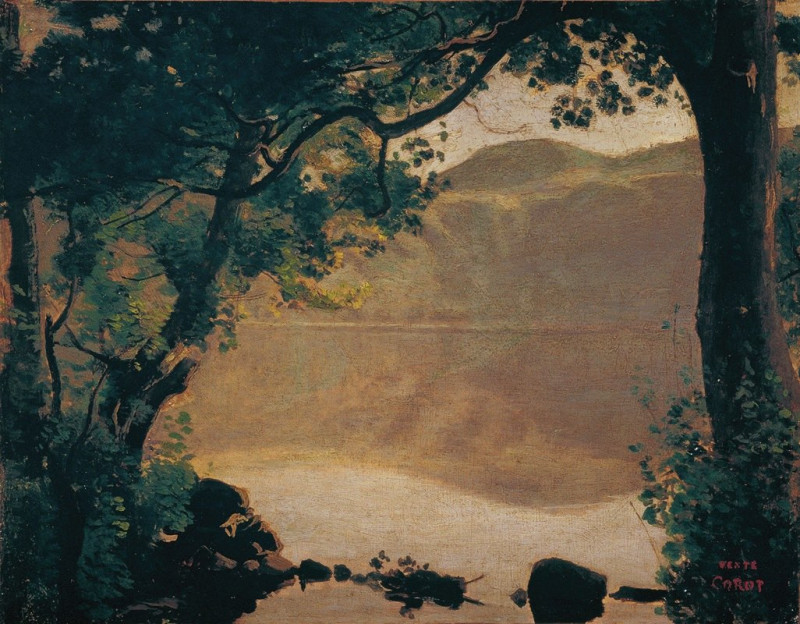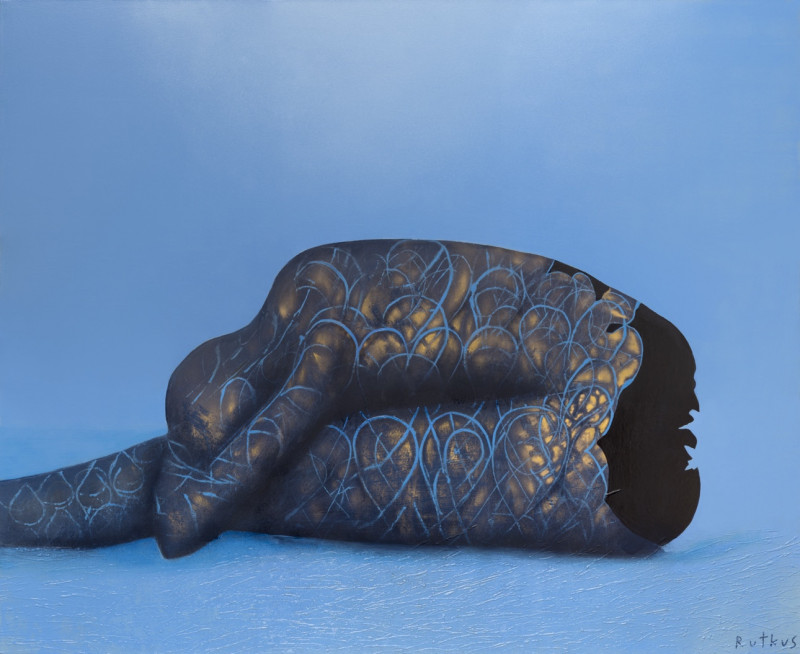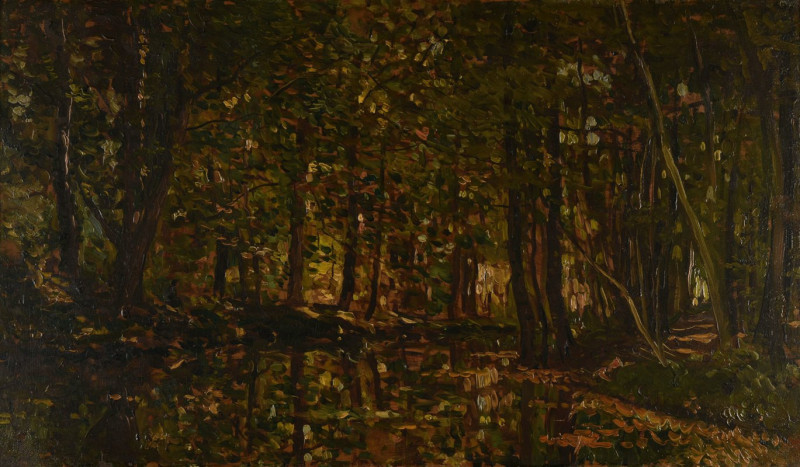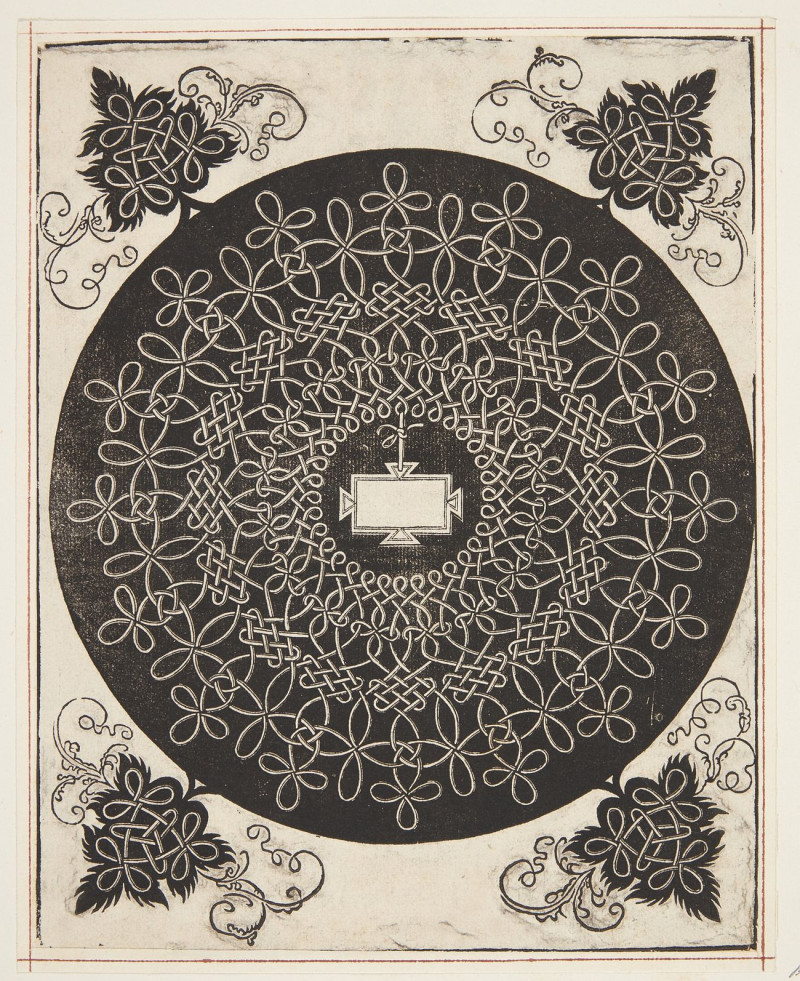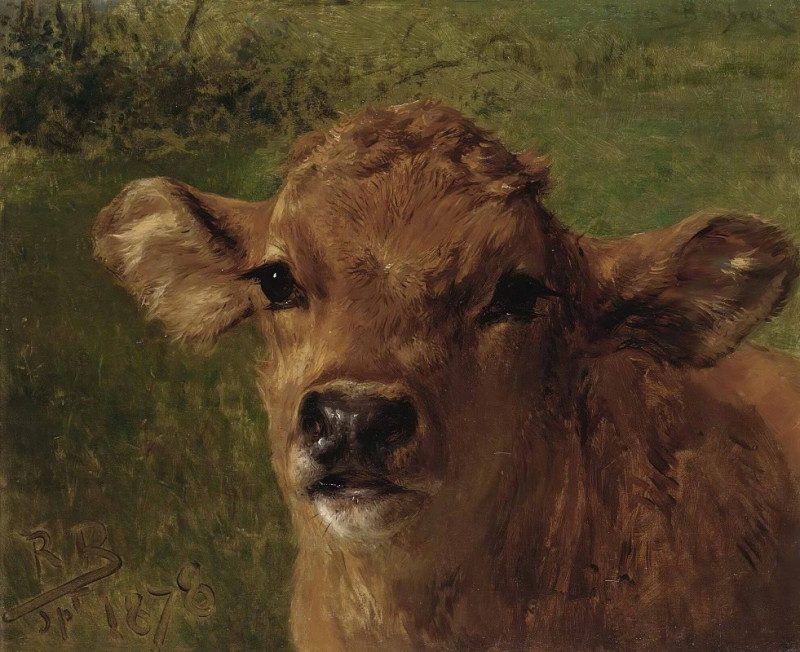Death and Life (1910-15)
Technique: Giclée quality print
Recommended by our customers
More about this artwork
Gustav Klimt's painting, "Death and Life," created between 1910 and 1915, stands out as a significant work in his oeuvre, showcasing his profound engagement with symbolic and allegorical content. This painting presents a poignant visual contemplation on the eternal themes of existence: the inevitable dance between life and death.The composition is divided into two starkly contrasting sections. On the left, the figure of Death looms solemnly. Cloaked in a mosaic of eerily cold blues, blacks, and grays, this skeletal figure gazes out with a hollow-eyed skull, clutching a club that symbolizes its definitive power. The dark persona of Death is adorned with symbols that might be interpreted as tokens of lives taken prematurely.In vivid contrast, the right side of the painting bursts with the vibrancy of Life. A group of individuals of various ages, enveloped in a colorful, pattern-rich cloak, radiates the warmth of existence. The figures are intertwined in an affectionate and protective embrace, representing different stages of life—from the innocence of a baby to the wisdom of the elderly. This side is illuminated with a rich palette of reds, oranges, and creamy whites, evoking a sense of vitality and continuation.The stark juxtaposition in this painting emphasizes the coexistence of life and death—the joyous pulse of life persists, seemingly oblivious to the nearby ominous presence of Death, which waits patiently. Klimt's use of decorative, symbolic patterns highlights his signature style, integrating elements of Art Nouveau and the profound philosophical inquiry of Symbolism.
Delivery
Returns
Gustav Klimt (1862–1918) was one of the greatest Austrian symbolist painters of the Art Nouveau era. Renowned as one of the most prominent founding members, and as a president of the Vienna Art Nouveau movement (Vienna Secession). His works were mainly paintings, murals, and sketches. Marked by his numerous erotic drawings, Klimt's primary subject were female figures, and at one point his work was even criticized as pornographic. Klimt found financial success in his "Golden Phase" with decorative techniques and the prominent use of gold leaf in his paintings.

